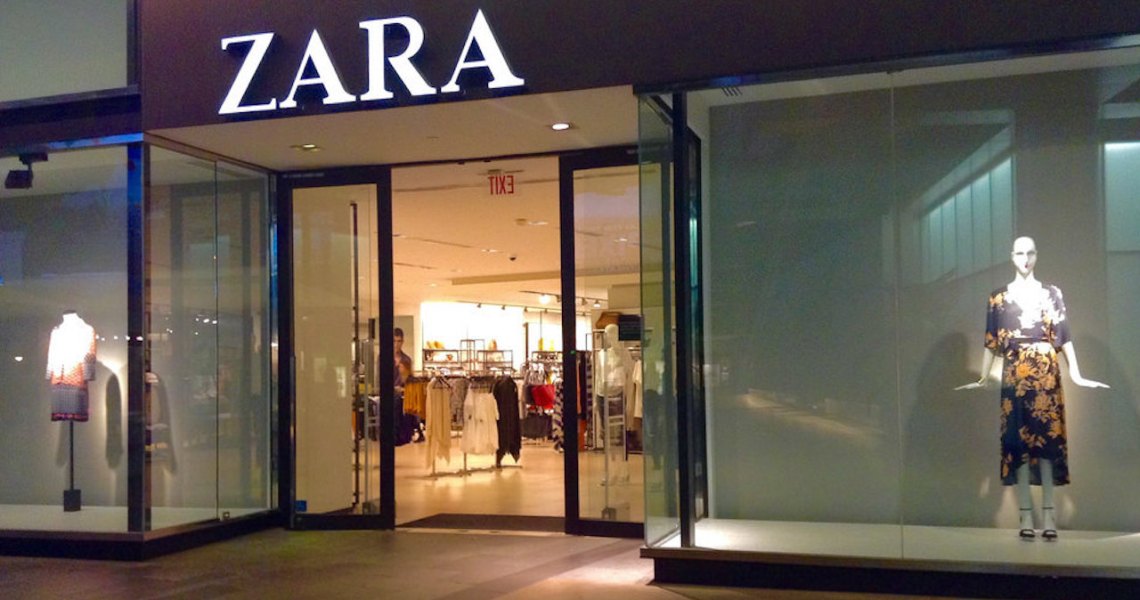In this edition of the Glossy+ Research Briefing, we analyze this week’s third-quarter earnings results from Macy’s and Zara, along with what the retailers are saying caused their weak performances.
Macy’s and Zara struggle with different pricing obstacles
After a two-week delay in reporting its third-quarter results because a rogue employee made false accounting entries that hid up to $154 million, Macy’s Inc. reported a net sales decline of 2.4% compared to the same time period last year. The overall decline came despite a 3.3% increase in net sales from luxury beauty store Bluemercury, which Macy’s acquired in 2015.
Earlier this year the retailer rejected a $5.8 billion buyout from Arkhouse and Brigade Capital to focus on its own restructuring plans dubbed “A Bold New Chapter” by the company. During Wednesday’s earnings call, the company revealed plans to close 150 underperforming Macy’s stores between 2024 and 2026. Initially, the company had projected just 50 store closures, but that number has now tripled.
Instead, Macy’s is focused on accelerating its luxury business growth through Bluemercury and Bloomingdale’s, the latter of which saw a 1.4% increase in net sales for the third quarter.
According to Macy’s CEO Tony Spring, the core Macy’s customer is “more of the middle income consumer,” with a household income of $75,000 or under. But, the middle class has experienced a lot of financial pressure this year leading to less discretionary spending. So, Macy’s is looking to cater to more affluent customers who shop at Bloomingdale’s and Bluemercury.
Macy’s plan now is to open 15 Bloomingdale’s and 30 Bluemecury stores within the next three years, as well as remodel 30 existing Bluemercury stores.
Zara owner Inditex also missed earnings expectations for the third quarter, with analysts saying a strong dollar and a weak euro hurt the company’s results.
Inditex has had a good start to the 2024 holiday shopping season, although not as strong as last year. In 2023, Inditex experienced a 14% increase in sales in the five weeks leading up to Dec. 9. This year, that same period only saw a 9% sales lift.
Post-pandemic, Zara was thriving as some financially strapped consumers found themselves priced out of making luxury purchases from companies like LVMH and Kering. Zara’s more affordable prices attracted middle-income consumers who flocked to its stores. However, more recently Zara has started to lose its edge among other fast-fashion retailers like H&M and Shein, which sell similar goods at lower prices.




